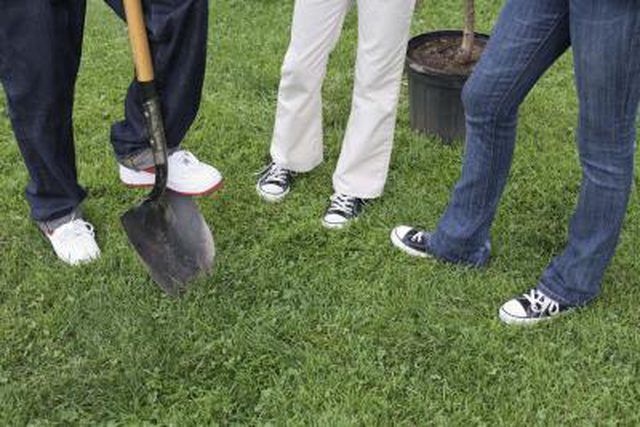Bulbs
Flower Basics
Flower Beds & Specialty Gardens
Flower Garden
Garden Furniture
Garden Gnomes
Garden Seeds
Garden Sheds
Garden Statues
Garden Tools & Supplies
Gardening Basics
Green & Organic
Groundcovers & Vines
Growing Annuals
Growing Basil
Growing Beans
Growing Berries
Growing Blueberries
Growing Cactus
Growing Corn
Growing Cotton
Growing Edibles
Growing Flowers
Growing Garlic
Growing Grapes
Growing Grass
Growing Herbs
Growing Jasmine
Growing Mint
Growing Mushrooms
Orchids
Growing Peanuts
Growing Perennials
Growing Plants
Growing Rosemary
Growing Roses
Growing Strawberries
Growing Sunflowers
Growing Thyme
Growing Tomatoes
Growing Tulips
Growing Vegetables
Herb Basics
Herb Garden
Indoor Growing
Landscaping Basics
Landscaping Patios
Landscaping Plants
Landscaping Shrubs
Landscaping Trees
Landscaping Walks & Pathways
Lawn Basics
Lawn Maintenance
Lawn Mowers
Lawn Ornaments
Lawn Planting
Lawn Tools
Outdoor Growing
Overall Landscape Planning
Pests, Weeds & Problems
Plant Basics
Rock Garden
Rose Garden
Shrubs
Soil
Specialty Gardens
Trees
Vegetable Garden
Yard Maintenance
How to Plant a Buckeye Tree
How to Plant a Buckeye Tree. The Ohio buckeye is Ohio’s state tree and a member of the horse chestnut family. It grows native to the Midwest and into parts of the Great Plains. It makes a solid ornamental tree for landscaping, with leaves that turn from green to what the University of Connecticut Plant Database website calls a “pumpkin...

The Ohio buckeye is Ohio’s state tree and a member of the horse chestnut family. It grows native to the Midwest and into parts of the Great Plains. It makes a solid ornamental tree for landscaping, with leaves that turn from green to what the University of Connecticut Plant Database website calls a "pumpkin orange." The buckeye possesses palmately compound leaves, meaning that each individual leaf is actually five smaller leaflets, arranged like a hand and joined at a common focal point. Finding the right location for a buckeye tree on your property is important to the tree's success.
Things You'll Need
Shovel
Hose
Wood chips or mulch
Choose a spot for your buckeye that receives full sun and has moist soil that drains well. This is the best scenario for your buckeye tree. If you plant it in a shady spot, it will not grow as tall and will look more like a shrub. In the sun and in the open, a buckeye can attain heights of 70 feet, but is typically around 30 feet tall. Be aware that the shade from a buckeye often keeps anything from growing beneath it.
Buy a buckeye seedling at your nursery or order one from an online source or catalog. The seedling will come either in a container or with the root ball packaged in burlap. If you have the opportunity to purchase the tree in person, inspect it closely, looking for healthy roots.
When you are ready to plant your buckeye, cut away as much of the burlap from around the roots as possible. Remove any cord or twine wrapped around the tree that may keep the branches from growing properly.
Dig a hole in the ground in which to place your buckeye tree. The hole should not be any deeper than the original depth at which the buckeye was planted as a seedling. Place the buckeye tree in the hole and spread out the roots as much as you can in the bottom of the hole. Fill the hole in with the dirt you removed from it when digging. Pack it down lightly with your shovel.
Cover the area around the base of your buckeye seedling with mulch to prevent weeds from gaining a foothold. You can use wood chips or composted leaves for this purpose. Monitor the weather carefully and water the tree once a week if there is a lack of rain. Water the tree by letting water flow gently from a hose into the area around the tree until the ground is thoroughly soaked.
Tips & Warnings
When transplanting a buckeye tree, do so in the spring to give it an entire growing season to establish itself before winter starts.